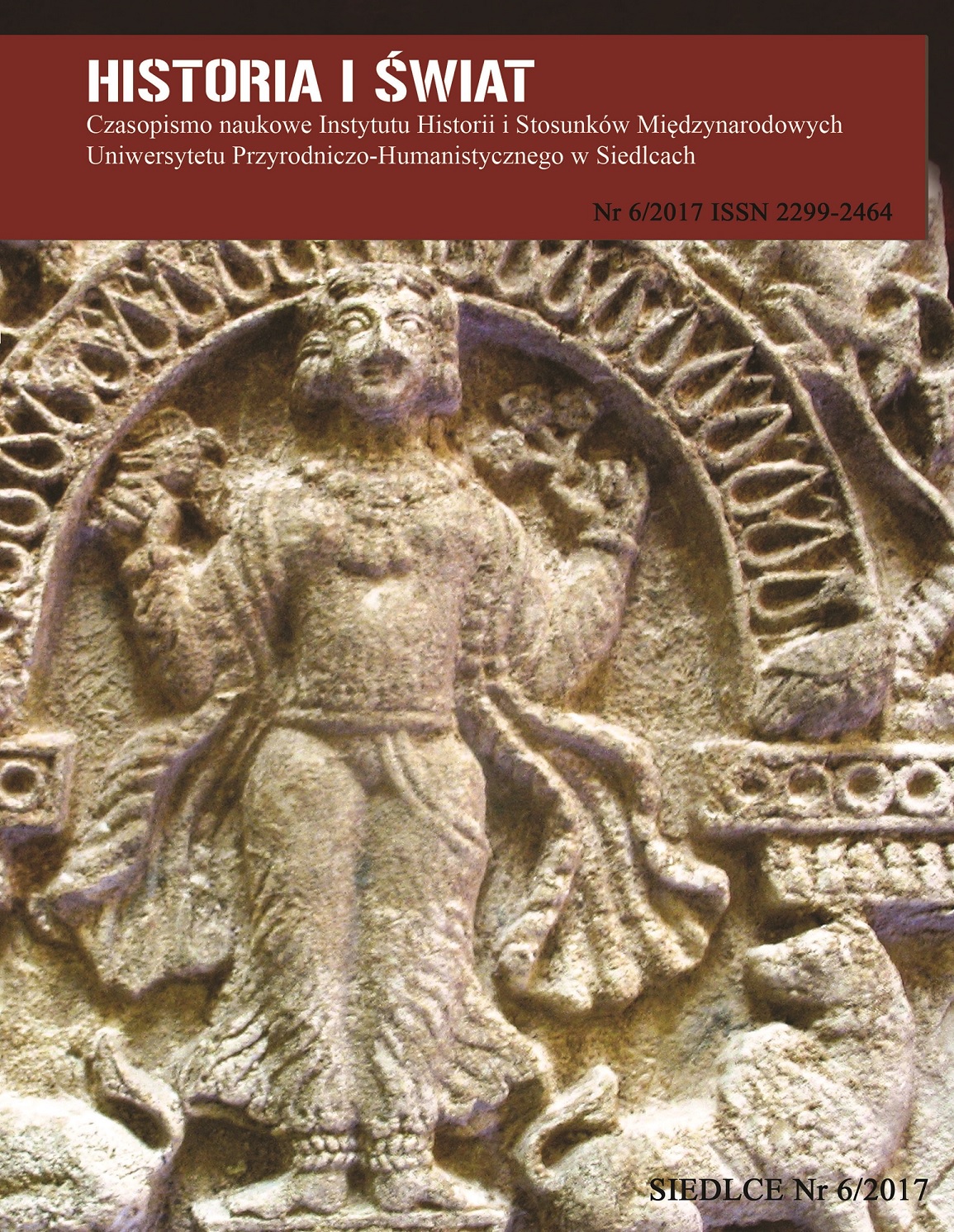«Культурный» Панмонголизм или романтики начала ХХ в.
A «cultural» Pan-Mongolism or the Early Twentieth-Century Romanticists
Author(s): Leonid V. KurasSubject(s): History, Cultural history, Comparative history, Ethnohistory
Published by: Instytut Historii UwS
Keywords: Pan-Mongolism; Buryatia; Russia; Tibet
Summary/Abstract: This paper examines Pan-Mongolism, a socio-cultural and political phenomenon negatively perceived fromthe outset. This notwithstanding, Pan-Mongolism occupied a special place in ethnic Buryatia. Its development wasstrongly influenced by the Buryat national movement in the early twentieth century that pursued national autonomy as itsmajor goal.To a great extent the development of Pan-Mongolism was intensified by the foreign policy interests of Russiain Asia, particularly, in Tibet, and by the religious, diplomatic and public activity of Dalai Lama 13th mentor AgvanDorzhiev, a proponent of a “great Buddhist confederation” that ensured positive attitude of the principal hierarchof Buddhism toward Russia.External factors that contributed to the emergence of the idea of national-cultural autonomy and “cultural PanMongolism”in the period when various political groups and autonomist scenarios shaped played an important role inthe evolution of Pan-Mongolism.All this led to the fact that “cultural Pan-Mongolism” became a catalyst of development of humanitarian knowledge,a basic element of the further construction of national state of the Mongols. In the process of discussion Pan-Mongolismwent beyond the Buryat area and started to ripen as a Pan-Mongolian movement that gradually grew into Pan-Mongolistideology.
Journal: Historia i Świat
- Issue Year: 2017
- Issue No: 6
- Page Range: 143-149
- Page Count: 7
- Language: Russian

